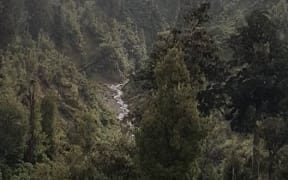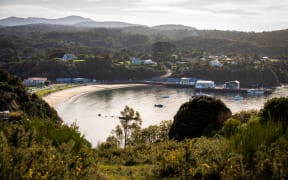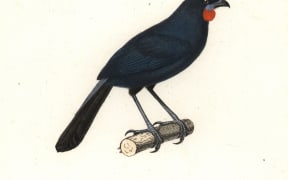A flock of young kāka chicks have fledged in the Abel Tasman, boosting the population of native parrots in the national park.
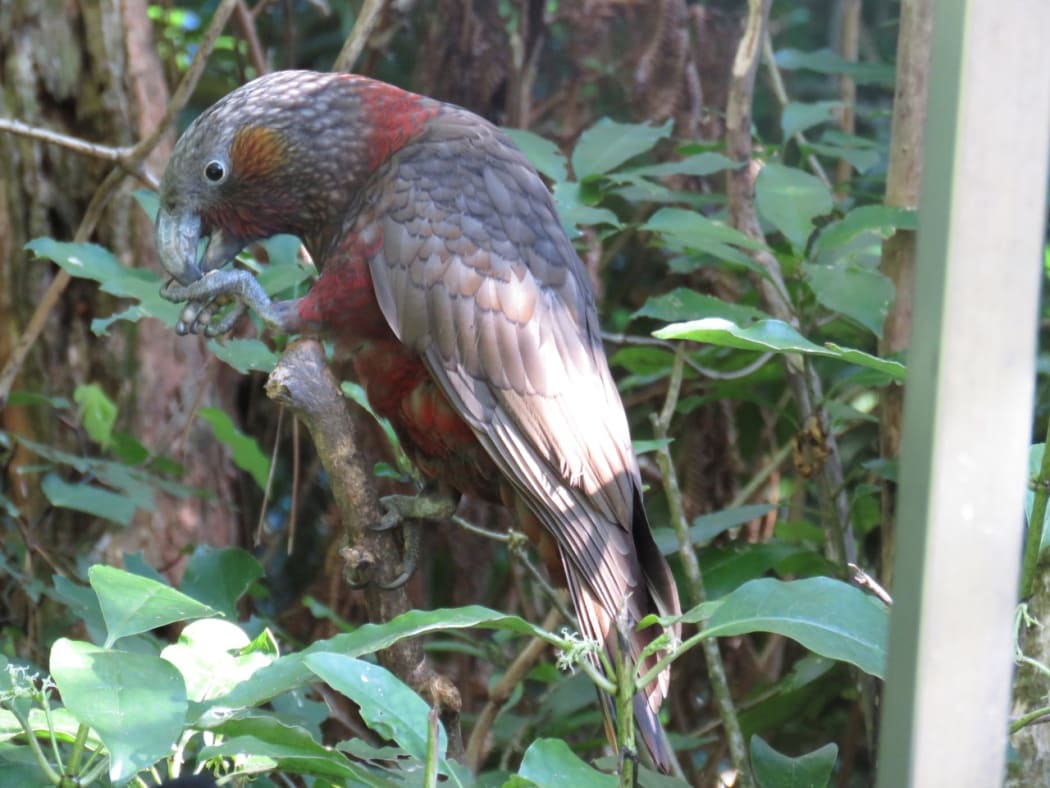
File image: Kāka Photo: Zealandia
It is the first time the birds have bred near the coast track, with eight chicks fledging fom three nests in Bark Bay and Torrent Bay.
Female kāka were first reintroduced into the park in 2015, after a survey two years earlier revealed there were only four wild male birds living in the park.
Since then, 35 captive raised kākā have been released into the park, the last in 2019.
Most of these birds were the progeny of captive South Island kākā but about a third were captive raised from eggs or chicks collected from Nelson Lakes and Kahurangi National Parks to improve the genetic diversity of the newly established population.
The nests were carefully monitored using cameras and regularly checked by a team from Project Janszoon and the Department of Conservation.
Despite extensive pest trapping around the nests, a fourth nest was raided by a stoat and no chicks survived.
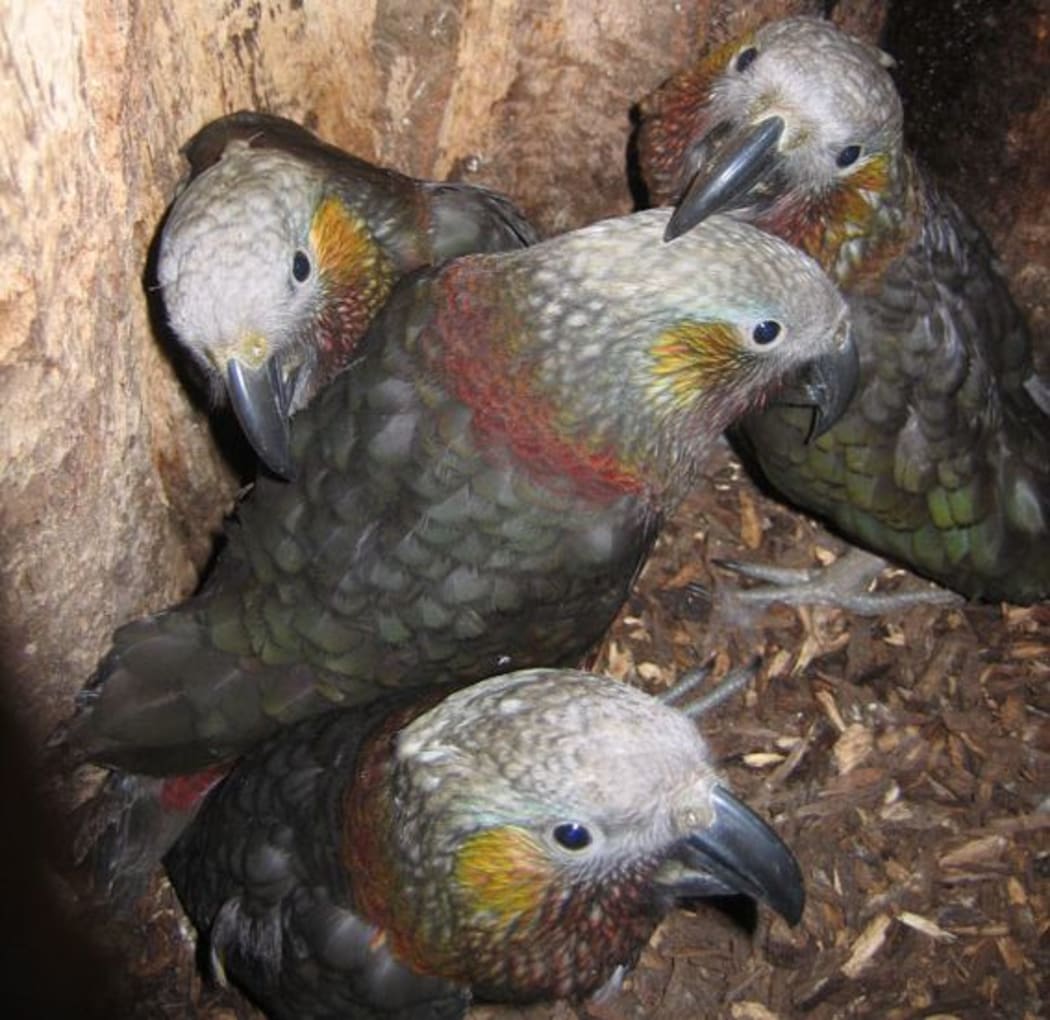
File image: Kākā fledglings. Photo: DOC
Ornithologist Ron Moorhouse said introduced predators posed an ongoing challenge to re-establishing native species.
"Three out of four nests succeeding, and the adult females surviving to continue breeding, is a very good outcome compared to the carnage that happens in the absence of predator control."
He said the birds were induced to breed by providing them with supplementary food, instead of relying on infrequent beech or rimu seed crops.
Moorhouse said that meant they should breed every year instead of every two to three years - so the population would grow faster than it otherwise would,.
This year's chicks were all banded and fitted with a transmitter before they left their nests.
DOC Motueka senior biodiversity ranger James Livingstone said that getting eight kākā chicks fledged is a satisfying reward for all the hard work that's gone into this species re-introduction effort.
"There's been a significant amount of time and resources from all parties involved to bring these manu into the park, and we hope they will continue to breed and establish and enrich the park ecosystem."
Project Janszoon board chair Gill Wratt said that the successful breeding season was a highlight for the teams that had put so much effort into bringing kākā back to the Abel Tasman.
"It's been a huge project for everyone involved - getting the predator control in place and preparing for the releases and then monitoring the nesting activity. To see and hear these birds around the Bark Bay area will be a thrill for us all. And for Project Janszoon and our partners, it's significant step towards the transformation of the park's ecological prospects - a great outcome in our 10th year of operations."
